mining due diligence
SFAIRP Advice for mining Industry
Mining plays a huge role in contributing to the Australian economy & keeping Australia ‘on track’ when it comes to generating revenue.
With Australia’s high labour costs, world class safety regulations and distinctive geology, the importance placed on safety and mining research by governments and business, results in a highly efficient, safe and advanced mining industry.
The fact is that mines simply must be safe and efficient, if Australia is to continue to thrive in this industry.
At R2A, we work with Mine Managers to develop user friendly risk registers using threat barrier diagrams as well as develop safety case arguments to ensure all reasonable practicable precautions are taken to minimise risks including
Unstable ground including seismicity
Inrush
Fire / explosion
Bad air / atmosphere
Large mobile equipment
Entanglement
The presence of risk can also significantly affect the overall availability of a mine. We have developed an availability profiling technique that addresses issues from a strategic viewpoint. We determine the actual effective availability in the context of all credible critical issues and system characteristics. This process is particularly useful when acquiring or disposing of an asset.
Our director, Richard Robinson was a member of the Independent Blasting Audit Team for the Department of Minerals & Energy WA (Western Mining Corporations Nickel & Gold), 1999.
Project Overview // Credible Safety Issues Risk Register Review
According to NSW Mine Regulations, it is a statutory requirement for mining organisations to have a risk register. This risk register must include 10 prescribed hazards. Mining company, Perilya had an extensive existing hazard risk register, however due to its size and complexity, it is practically difficult to use.
To address this issue, R2A applied an alternate approach to make Perilya’s safety register useful. We achieved this by identifying the credible critical safety issues and the current precautions in place to mitigate such risks. This was then used to ensure current precautions were appropriate and to test if further precautions were required. This process demonstrated due diligence by confirming that all sensible practicable precautions were in place, based on the balance of the significance of the risk versus the effort required to reduce it.
Our Clients
Newmont
